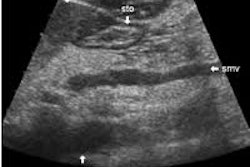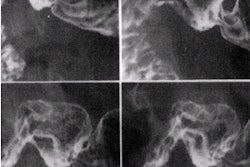Should radiology images acquired in the U.S. be sent to overseas locations for primary interpretation? The question has been simmering for years, but boiled over recently when Massachusetts General Hospital announced a plan to set up a primary-read center in India to view inpatient exams.
According to an article by contributing writer Deborah R. Dakins in our PACS Digital Community, MGH is setting up a teleradiology link to a center in Bangalore that will be staffed by U.S.-trained radiologists with subspecialty accreditation. The Bangalore center will handle primary interpretations, unlike other overseas nighthawk operations, which usually handle preliminary reads.
Sound intriguing? Not to many U.S. radiology professionals. Some have attacked the plan and have tried to organize a grassroots lobbying effort against it, accusing MGH of shipping radiologist jobs overseas to underpaid, unlicensed practitioners. These critics believe that overseas "radiology sweatshops" could spell disaster for radiology, which is already experiencing turf battles with other medical specialties in the U.S.
But critics of the MGH plan ignore several important dynamics currently at play in radiology. Procedure volume is growing rapidly, and the growth rate will only accelerate as the U.S. population ages. Not enough radiologists are emerging from medical school to meet future needs. At the same time, imaging facilities are being pressured to provide better patient care while reimbursement rates are falling.
Programs like the MGH-Bangalore link are one attempt to use technology and time-zone differences to alleviate the crisis. MGH is taking a number of steps to ensure that the Indian radiologists it employs are highly trained and competent. The hospital plans to provide advanced training at MGH rather than in India, and to provide continuing education opportunities in the U.S.
MGH hopes the program will enable it to improve service to referring physicians by making the hospital’s radiology department more responsive. The program could even give radiology an advantage in the turf wars, inasmuch as referring physicians who are happy with the service they're getting may be less likely to purchase their own imaging equipment.
Concerns over turf incursions have merit when they are rooted in quality-of-care issues, and the MGH venture will undoubtedly be closely watched to ensure that the level of care meets U.S. standards. But radiology professionals are misguided when they use job-security concerns in an era of personnel shortages to object to a plan that seeks a solution to the looming crisis facing radiology.
To view the article, visit our PACS Digital Community, at http://pacs.auntminnie.com.



















